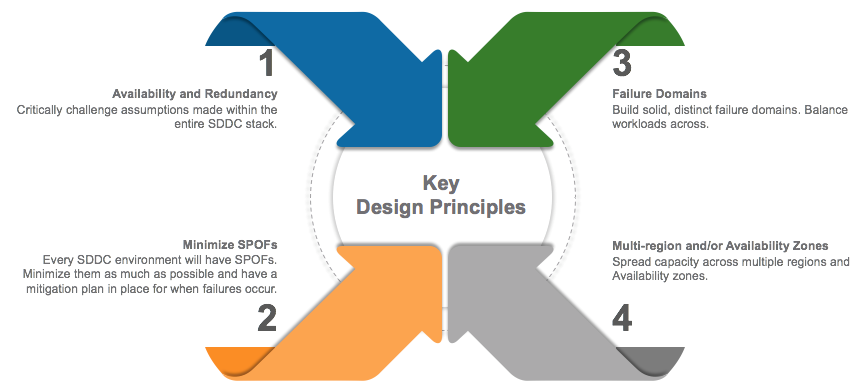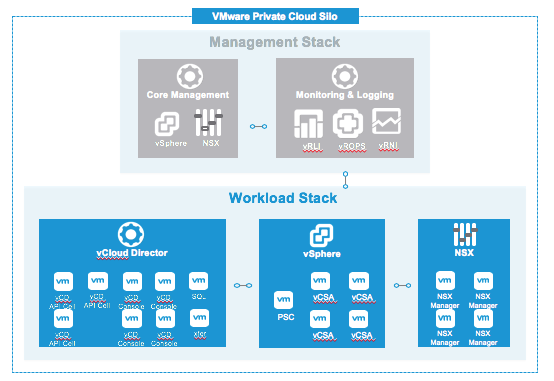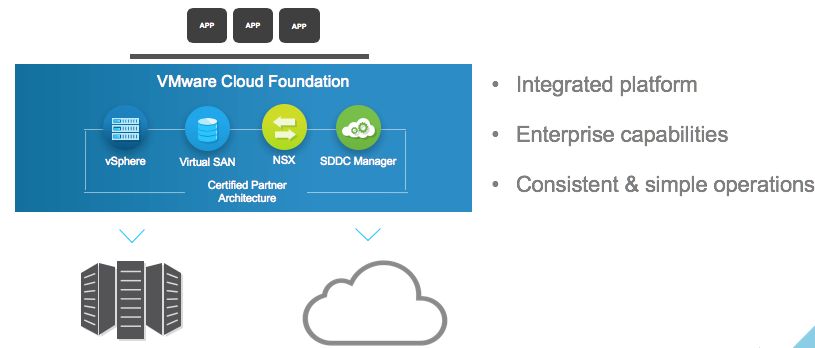by: VMware Staff Customer Success Architect Chris Mutchler and VMware Senior Cloud Site Reliability Engineer Jeremy Sage
VMware Hands-on Labs (HOL) offer VMware customers special access to the latest VMware technologies without requiring purchase of equipment or licenses. While available year-round, the HOL program sees major use at the VMworld conferences. HOL have proven so popular that both the number of labs and their sizes have grown substantially over the past five years.
The task of managing and supporting HOL has been no small feat for VMware IT teams. We originally employed an on-premise solution (Private Cloud), but as demands grew we soon realized a hybrid cloud solution featuring VMware Cloud™ on AWS and IBM Cloud was the best approach.
Planning makes all the difference
Expanding into multiple public clouds while maintaining consistent uptime and delivery required thorough planning prior to any implementation. The risk of alienating customers, possibly for life, was simply too great for any “seems good enough” approaches.

We started by having a solid private cloud foundation. This involved creating a series of silos—essentially ‘containers’ of physical infrastructure designed for physical isolation, redundancy, and high availability. Depending on the demand, each software-defined data center (SDDC) contains one or more silos, and each silo features a management and a workload stack. The management stack is built with a VMware vCenter® and a VMware NSX® Manager™. The workload stack is built with one cloud management platform (CMP), multiple vCenters and NSX Managers.

The SDDC stacks are built on a combination of VMware vSphere®, VMware vSAN™, and NSX components. It is an advanced infrastructure that allows the convergence of compute, storage and networking onto a single, integrated layer of software. This virtualized infrastructure layer is managed through VMware’s automated management platform, and VMware vRealize® Suite that provides ongoing performance management, capacity optimization, real-time analytics and cloud automation.
Together, they made extending the VMware private cloud into public clouds a seamless undertaking.

Great results, and we even pushed the envelope
Today, nearly 50% of the HOL capacity runs through the public clouds integrated with our own private cloud infrastructure. That is an impressive feat from where we were just a few short years ago. With the addition of VMware Cloud on AWS, we were able to spin up and deliver capacity in under 12 hours prior to the opening of VMworld. The initial plans called for only running 10% of capacity on AWS, but at the last minute we decided to allocate nearly 25%. This enabled the team to bring additional VMC SDDCs online in a matter of hours—easily meeting conference demands—and to add capacity during the week as demand caused by usage spikes occurred.
We learned a lot, especially about testing
Throughout this multi-year journey to the hybrid cloud we learned some valuable lessons. Like every VMware infrastructure paradigm shift, testing and more testing has proven to significantly mitigate short- and long-term issues. Leading up to the show each year, the VMware HOL teams run 20+ live and automated test events to verify that each cloud environment is running optimally. These test events cover as many areas as possible, including storage performance, network redundancy, HOL content, high-churn VM analysis and end-to-end simulated user testing. The successful completion of these tests helps ensure a superb experience for every VMworld attendee taking a Hands-on Lab.
Stop by the Hands-on Labs in VMworld 2018 and request a behind-the-scenes tour.
VMware on VMware blogs are written by IT subject matter experts sharing stories about our digital transformation using VMware products and services in a global production environment. Contact your sales rep or vmwonvmw@vmware.com to schedule a briefing on this topic. Visit the VMware on VMware microsite and follow us on Twitter.



